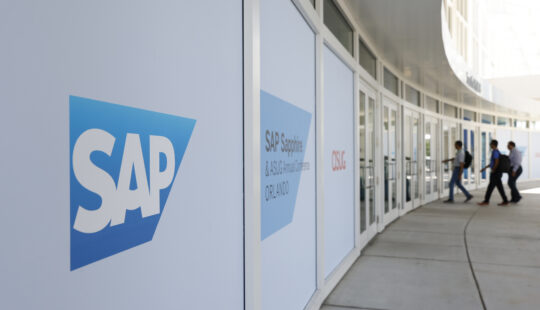Principle 2: Start Scoping Early
To implement a feasible, affordable, maintainable environment that fulfils the business objectives, preparations must be made well in advance to allow sufficient time to plan related efforts. Involve business users early to collect process and functional requirements, which helps ensure buy-in to the completed solution. Requirements and pre-existing assumptions should be assessed against best practices, including preconfigured content and configuration guidelines. All parties should agree and sign off on the scope. This ensures that the implementation is delivered on time and with expected quality and scope. Adopting best practices and limiting customizations will also reduce maintenance effort, especially for cloud solutions, as upgrade cycles are controlled by SAP.
A scope-change process should be agreed on to make sure the completed solution remains relevant. The process must guide decisions about the scope changes. It could include lessons learned from proofs of concept, identifying smarter ways to adapt existing business requirements to best practices, new business requirements, and the chance to leverage new best practices.
 The Shoprite Group of Companies won Gold in the SAP Africa 2018 Quality Awards – refer to this article. During the preparation phase of their project, key design decisions were workshopped and documented which aided as an accelerator for scope confirmation as well as for the detailed design phase. In their presentation to the judges, one of the key contributors to the success of their project was establishing and adhering to the key design decisions. This would also mean that it is imperative to manage requirements and scope changes very carefully throughout the project.
The Shoprite Group of Companies won Gold in the SAP Africa 2018 Quality Awards – refer to this article. During the preparation phase of their project, key design decisions were workshopped and documented which aided as an accelerator for scope confirmation as well as for the detailed design phase. In their presentation to the judges, one of the key contributors to the success of their project was establishing and adhering to the key design decisions. This would also mean that it is imperative to manage requirements and scope changes very carefully throughout the project.



